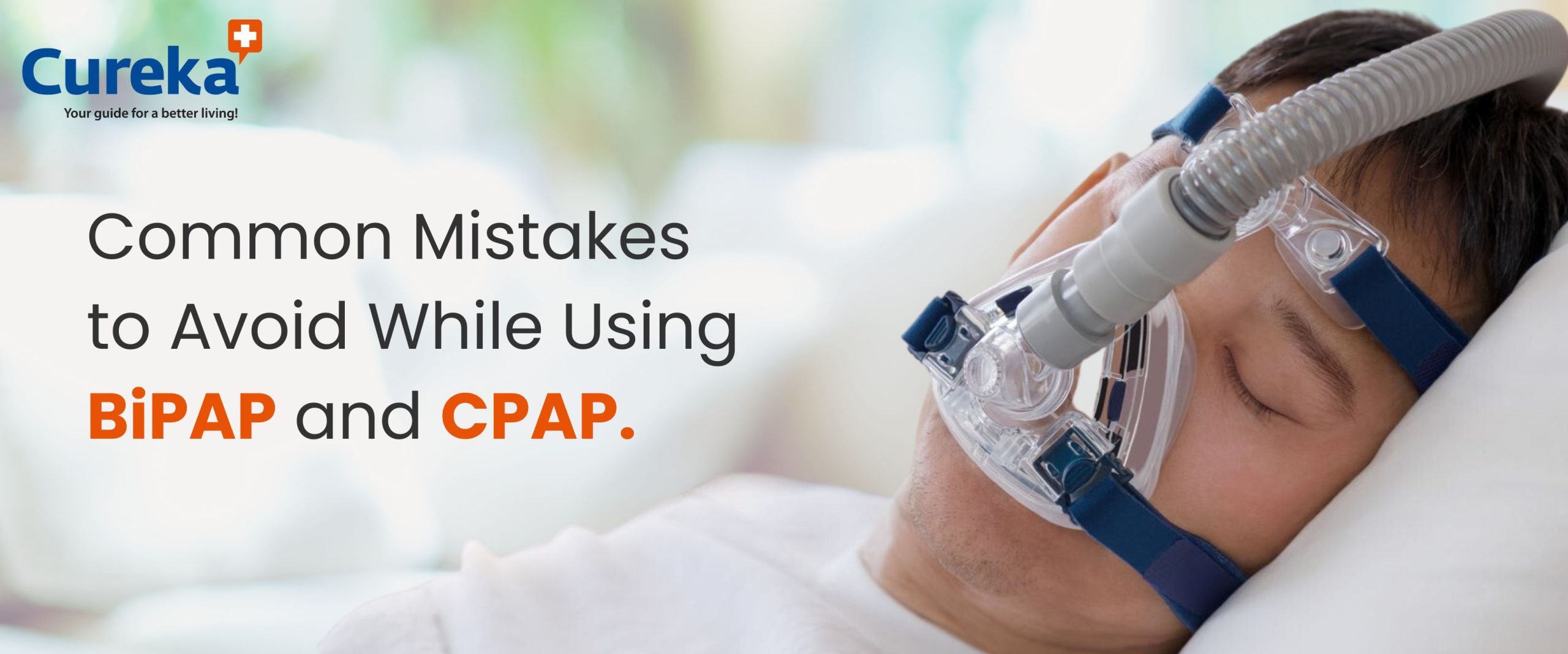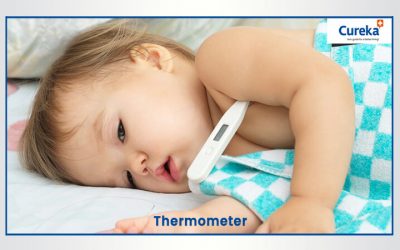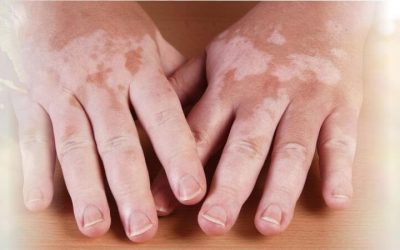Common Mistakes to Avoid While using BiPAP and CPAP
Introduction
Greetings, seekers of sound sleep and improved health! If you’re navigating the world of sleep apnea, you’ve likely encountered the dynamic duo of BiPAP and CPAP therapy. These devices hold the promise of transforming your sleep quality and overall well-being. Let’s understand what sleep apnea is.
Sleep Apnea:
Sleep apnea is a common sleep disorder characterized by recurrent interruptions in breathing during sleep. These interruptions can lead to fragmented sleep, excessive daytime fatigue, and even cardiovascular issues.
BiPAP (Bilevel Positive Airway Pressure):
BiPAP machines deliver two distinct air pressure levels – a higher pressure when you inhale and a lower pressure when you exhale. This is particularly beneficial for individuals who struggle with exhaling against a continuous high pressure.
CPAP (Continuous Positive Airway Pressure):
CPAP machines provide a continuous flow of air pressure to maintain open airways throughout the sleep cycle. They are primarily used for obstructive sleep apnea, where the airway becomes partially or fully blocked during sleep.
Using Machine Parts Correctly for Optimal Results:
- Mask Fit and Comfort: The mask is your gateway to successful therapy. Choose a mask style that complements your facial structure and sleep habits. Ensure a snug fit without causing discomfort or air leaks. Experiment with different sizes and styles until you find the ideal match.
- Tubing Management: Keep the tubing straight and free from obstructions to maintain a consistent airflow. Secure it properly to prevent tangling or dislodgment during sleep. If using a heated humidifier, ensure proper tubing connection to maintain optimal humidity levels.
- Pressure Settings: Consult your healthcare provider to determine the appropriate pressure settings for your therapy. Regular follow-ups are crucial to monitor your progress and adjust pressure levels as needed. Avoid modifying pressure settings without medical guidance.
- Promoting Comfort: Create a sleep-conducive environment by selecting a comfortable mattress and pillows. Adjust the humidifier settings to prevent dryness or discomfort in the airways. A comfortable sleep setup enhances your overall sleep experience.
Problems Faced by Person who gets the Therapy:
- Difficulty Tolerating Forced Air:
Feeling like a human wind tunnel can be off-putting. If you’re struggling to tolerate the sensation of forced air from your BiPAP or CPAP machine, consider these solutions:
Ramp Feature: Most machines have a ramp feature that starts with lower pressure and gradually increases, giving you time to adjust.
Humidification: A heated humidifier adds moisture to the air, making it gentler on your airways.
Mask Styles: Experiment with different mask styles. Some masks diffuse the air, reducing the direct sensation.
- Dry Nose or Stuffy Nose:
A dry or stuffy nose can be an annoyance, but there are ways to find relief:
Nasal Saline Spray: A saline spray can keep your nasal passages moist and reduce discomfort. Humidifier can make a significant difference in preventing dryness.
Nasal Mask Options: If you’re using a nasal mask, ensure it’s not overtightened, which can cause nasal congestion.
- Skin Irritation or Pressure Sores:
Skin irritation or pressure sores around the mask area can be bothersome, but there are preventive measures:
Mask Fit: A proper mask fit is crucial. Make sure it’s snug but not too tight to avoid undue pressure.
Cushions and Seal: Some masks come with gel or silicone cushions that are gentler on the skin. Ensuring a good seal reduces the need for overtightening.
Skin Care: Keep the mask area clean and moisturized. Avoid using harsh soaps or products that can irritate the skin.
- Dry mouth
Dry mouth can be caused due to the sleeping with mouth open, dry hot weather, or medication side effects. Here is how to combat dry mouth while under BiPAP therapy.
Chin Strap: A chin strap can help keep your mouth closed during sleep, encouraging breathing through your nose.
Full Face Mask: If you tend to breathe through your mouth, consider switching to a full face mask that covers both the nose and mouth.
Humidification: Once again, a heated humidifier can make a significant difference in reducing dry mouth
Maintaining Hygiene and Routine:
- Cleaning Regimen: Establish a routine for cleaning mask components, tubing, and the water chamber everyday. Wash with mild soap and water daily to prevent bacteria buildup and ensure optimal hygiene. Replace mask parts, filters, and tubing as recommended by the manufacturer. Filters may need replacement weekly, while tubing and mask parts can be cleaned monthly.
- Consistency Is Key: Make BiPAP and CPAP therapy an integral part of your sleep routine. Adhering to the prescribed therapy duration contributes to its effectiveness. The recommended duration varies. Generally, therapy is advised throughout the night. But remember, individual needs may differ. Consult your healthcare provider for personalized guidance. Avoid skipping therapy nights, even when traveling, by investing in travel-friendly devices or alternatives.
Professional Consultation and Education:
- Healthcare Provider Collaboration: Maintain open communication with your healthcare provider throughout your therapy journey. Regular appointments allow for pressure adjustments, monitoring progress, and addressing any concerns. Embrace online consultations with healthcare providers. They can adjust settings remotely and address concerns efficiently. Any persistent discomfort should be shared for prompt action.
- Patient Education: Educate yourself about the benefits and potential side effects of BiPAP and CPAP therapy. Understanding the mechanisms and goals of these devices enhances your commitment to the treatment plan.
Patients and caretakers both need to understand therapy essentials. Caretakers play a vital role in encouraging and assisting patients through the journey.
Conclusion:
BiPAP and CPAP therapy offer a lifeline to individuals grappling with sleep apnea, promising a renewed sense of vitality and improved health. By correctly utilizing machine parts, adhering to cleaning routines, and collaborating closely with healthcare professionals, you’re setting the stage for success. Remember, each step you take towards effective therapy brings you closer to a well-rested, energized life. Embrace the journey, stay informed, and savor the rewards of revitalized sleep and enhanced overall well-being.














